FHIR Resources Explained: In-Depth Guide to Health Data Standardization

Data interoperability has long been and remains a significant challenge healthcare facilities encounter today. Fragmented systems and varied standards incompatible with each other have been major hurdles that didn’t let individual medical institutions share health information. FHIR (Fast Healthcare Interoperability Resources) appeared to solve these challenges. As the demand for HL7 FHIR implementation services increases, so does the need for healthcare developers and clinicians to understand FHIR resources, components, and the way it works.
In this article, we’ll break down the main elements of the FHIR standard to explain the essence of this framework and give practical examples. By the end, you’ll learn the how and why behind FHIR’s growing role in boosting healthcare interoperability and what it means for your organization.
The Role of FHIR in Modern Healthcare
Fast Healthcare Interoperability Resources (FHIR) is the new health data standard that can fix the longstanding issue of information sharing across varied systems and has already found wide usage in health applications and electronic health records (EHR). Easy access to relevant healthcare data, regardless of its storage location, offers significant advantages for patients, medical professionals, healthcare institutions, policymakers, and society as a whole.
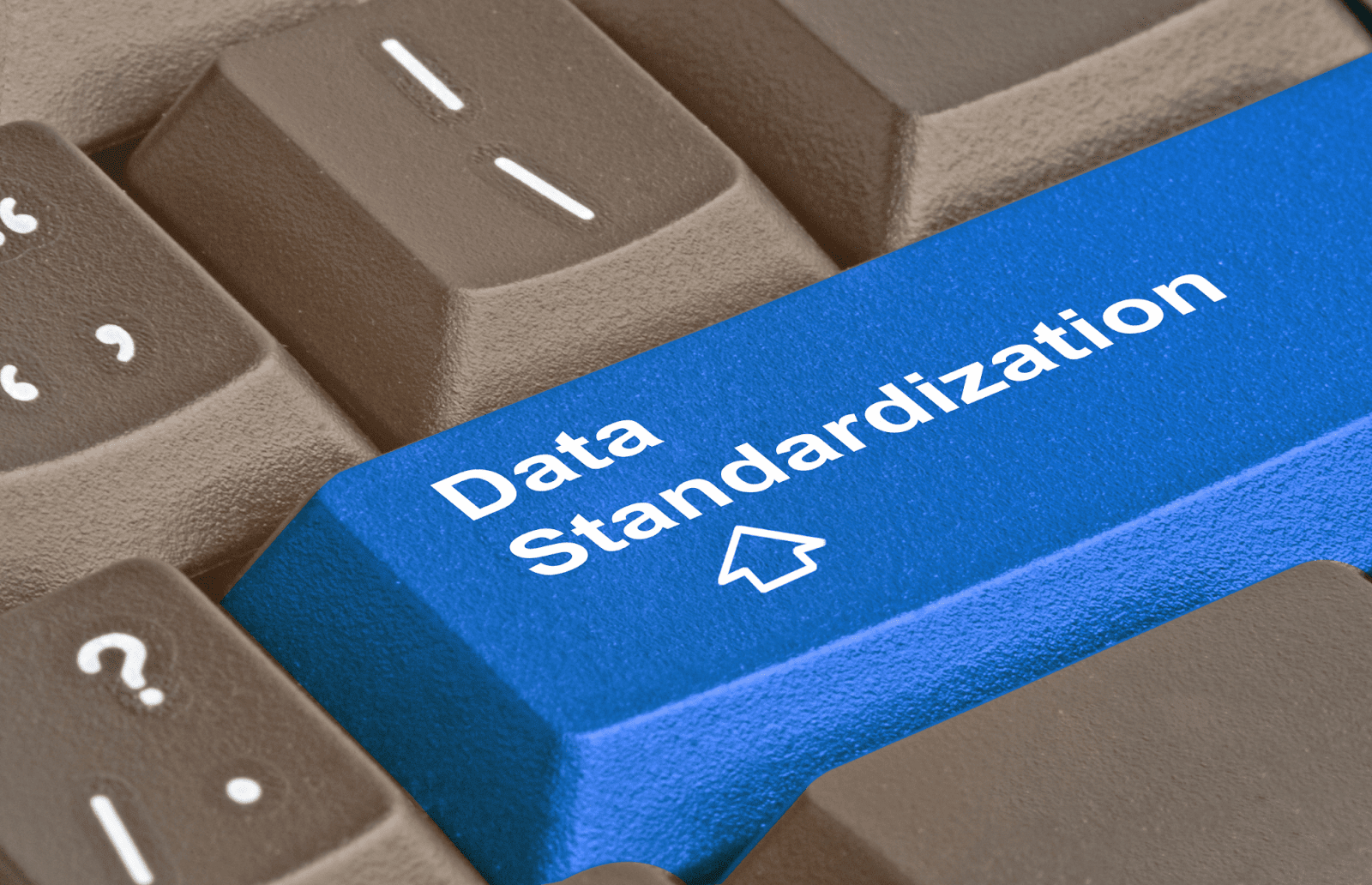
Currently, clinicians rely on multiple platforms and apps to record the patient’s details, like billing, medical history, and health data. The complexity of this method is that healthcare professionals can’t share this data across different software solutions. It gets even more complex when they need to exchange information with other providers. That’s because many healthcare IT infrastructures have developed but haven’t gained the ability to exchange information. The data is often trapped in isolated data silos, and medicians have nothing to do but use outdated systems and faxes or emails to send patient records.
The latest version of HL7 standards, FHIR’s approach to interoperability, bridges these gaps. It introduces a unified data standard to help healthcare software developers and doctors effortlessly transfer data across diverse platforms. It ensures that crucial medical information can be shared both between various applications within a hospital as well as across different healthcare organizations, eliminating the need for specialized data conversion tools. Much like Internet users accessing a URL, FHIR apps can, with appropriate permissions, connect directly to FHIR-enabled servers, simplifying healthcare data access and management.
In essence, HL7 FHIR aims to streamline and standardize medical data exchanges to reduce overhead for healthcare professionals and improve patient care outcomes.
FHIR Resources: An In-Depth Look
Resources form the backbone of the FHIR data model, defining the foundational data exchange format of the FHIR standard. So, what are FHIR resources exactly, and what role do they play in streamlining health data sharing? Let’s find out.
What are FHIR Resources?
HL7 FHIR resources are the core of the FHIR standard, often seen as the essential, well-defined building blocks for smooth healthcare information exchange. These resources sort healthcare data into clear categories, such as patient records, laboratory results, and insurance claims. For instance, the Patient Resource should contain demographics, contact info, allergies, conditions, etc.
The idea is to have each resource clearly define specific data elements, rules, and relationships to make data standardized and easily understood by different systems. In such a way, when two FHIR-compliant systems exchange information, they will understand what each data field represents without the need for data conversion or additional tweaking.
With the introduction of FHIR R4 resources in 2018, the total number has reached 145 and continues to increase with each new release. Now, there are over 150 resources after the recent FHIR Release 5 this year, which means they cover data needs for the most known healthcare use cases. You can find a full list of FHIR resources available on the official HL7 site.
Key Components of FHIR Resources
A resource is formally defined by its layout, which can be represented in formats like JSON, XML, or RDF, its meaning and scope, and elements common to all resources:
- Resource type indicates the kind of resource (e.g., Patient, Observation, Medication, etc.) and is always required.
- Id is a unique resource identifier, which allows for referencing and updating.
- Meta contains metadata about the resource, such as the version, when it was last updated, and security labels.
- Implicit rules refer to a set of rules that were followed when the resource was constructed.
- Language in which the resource is provided.
- Narrative or human-readable representation of the resource, often in XHTML format.
- Extensions. They allow adding properties not defined in the official FHIR specification, ensuring flexibility and adaptability.
- Modifier extension. Similar to extensions but can change the meaning of the resource.
- Data elements. Specific to each resource type, these are the actual pieces of data the resource is meant to convey. For instance, Patient resources might have data elements like name, birthdate, address, and contact details.
- Search parameters allow resources to be queried based on their data elements.
- References are links between resources that allow for the creation of complex data structures. For example, a reference in an Encounter resource might link to a Patient resource to indicate who the encounter was with, establishing a clear patient link.
- Contained resources can contain other resources, providing all necessary information in a single package without the need for additional requests or data retrieval.
We took a Patient resource as one of the FHIR resources example, which includes components such as the resource used, a human-readable summary, an extension, and structured data.
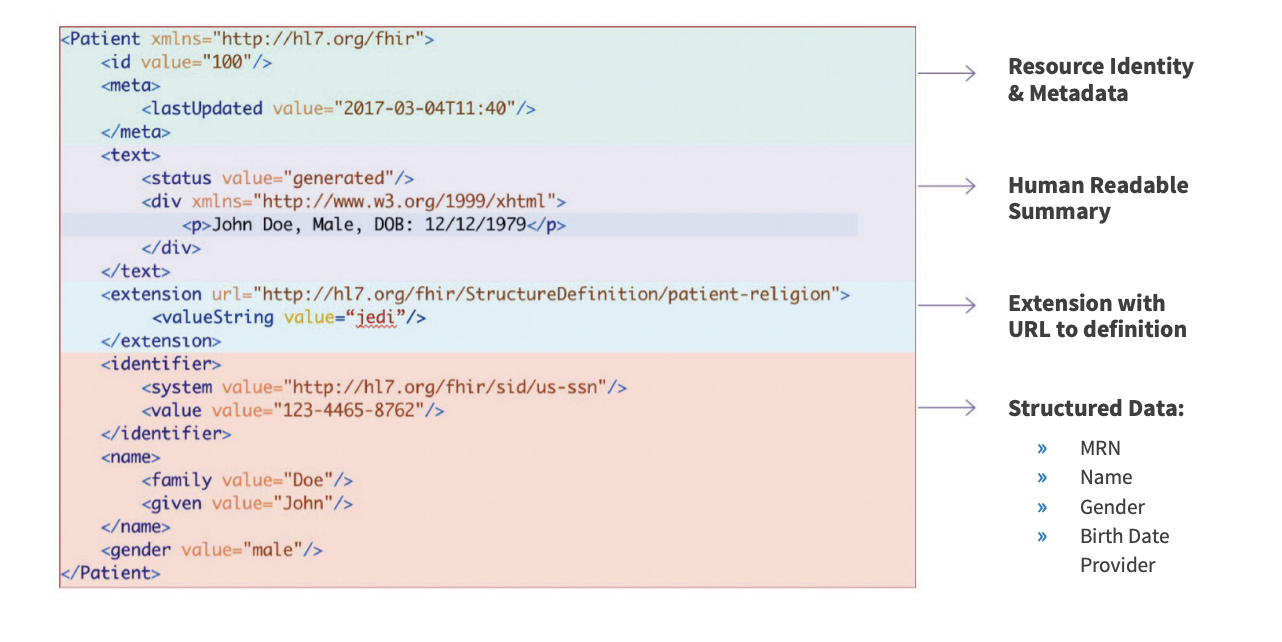
Image credit: Healthit
FHIR Resources Structure
The structure of FHIR HL7 resources is consistent and modular, which simplifies the representation and exchange of data. It defines how the components described above are arranged, related, and interact within a specific resource. For instance, while the “Id” component provides a unique identifier for the resource, the structure ensures that this identifier can be used to reference, update, and retrieve the resource within the broader healthcare data ecosystem.
Since the basic well-defined FHIR resources list 157, the standard supports the broadest possible range of clinical use cases, defining patients, providers, care plans, diagnostics, medications, and finance aspects. While they can function independently, it’s also possible to group them into clinical documents to provide a holistic view of patient data. Resources can also reference each other to create a clinical narrative, which helps provide a complete patient profile.
It’s worth noting that while all resources share this general structure, the specific data elements and details can vary depending on the resource type. The FHIR specification provides detailed documentation for each resource type, outlining its structure, use cases, and other relevant information.
Benefits of FHIR Resources in Healthcare Integration
So, how exactly do resources contribute to the seamless data sharing offered by FHIR? Here are several benefits they introduce to healthcare integration:
- Standardized data exchange. Resources provide a consistent format for data understandable by different healthcare systems. In other words, they offer a common language for all systems to interpret information accurately and exchange it effortlessly.
- Increased interoperability. Their modular and extensible design allows healthcare platforms to communicate more effectively, bridging the gap between different data formats and reducing data silos.
- Flexibility. Whether used individually or bundled together, you can find a dedicated resource for almost any clinical or administrative use case.
- Better security. With built-in mechanisms for data security and privacy, FHIR resources ensure that patient data remains protected during exchanges. Additionally, it’s possible to use the existing framework SMART on FHIR, which simplifies the integration with OAuth 2.0 for secure authorization.
Common Types of FHIR Resources
As we have already mentioned, there are 157 FHIR resources types as of now. However, certain resources are used more often than others. So, let’s take a look at the most common ones and understand their importance in the healthcare data ecosystem.
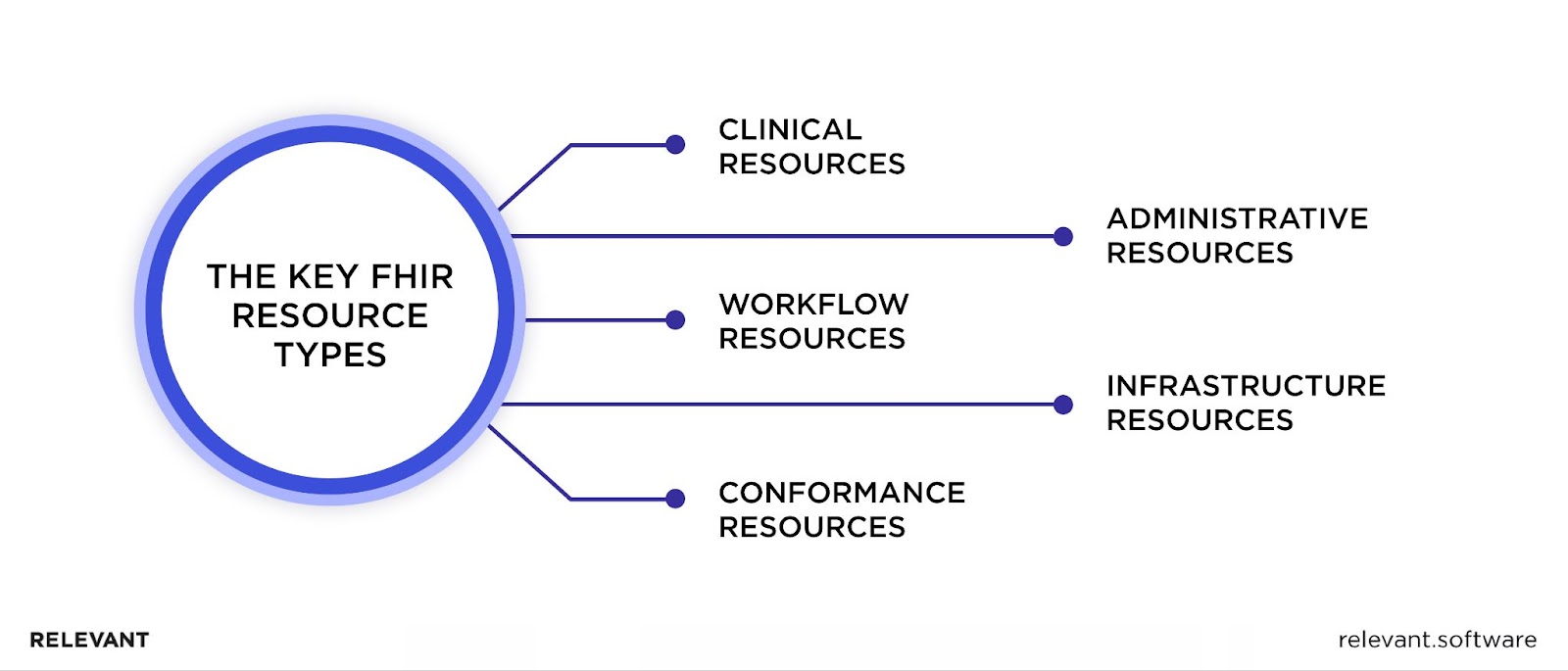
Clinical Resources
These resources capture data related to patient care and may include a wide range of information detailing the medical events, conditions, and treatments a patient faces. So, the main clinical resources will typically contain the following:
- Observation. Represents measurements, assertions, and findings made about a patient. Examples include vital signs, lab results, and clinical assessments.
- Medication. Information about a medicinal product that may be prescribed or consumed.
- MedicationRequest (formerly MedicationOrder). An order for a medication to be dispensed or administered to a patient.
- Condition (formerly Problem). Information about a condition, diagnosis, or other event, situation, issue, or clinical concept that has risen to a level of concern.
- Procedure. An action performed on or for a patient, which can be a physical intervention like surgery or less invasive like counseling or education.
- DiagnosticReport. The findings and interpretation of diagnostic tests performed on patients, groups of patients, devices, locations, and/or specimens derived from these.
- Immunization. Information about a patient’s vaccination status.
- CarePlan. A plan or protocol aimed to address a particular patient’s needs.
Clinical resources ensure that every facet of a patient’s health adheres to a valid code, is accurately documented, and is easily accessible from any health IT system. This means that whether a patient is getting a routine check-up or undergoing a major surgery, healthcare professionals will find information about that and have a clear view of their medical history.
Administrative Resources
Basically, administrative resources are the first point of interaction in health systems. They store essential, foundational information that every healthcare process requires. Think of them as the essential details you’d fill out on any medical form:
- Patient. Patient’s details, like name and date of birth.
- Practitioner. Information about healthcare professionals, from doctors to nurses.
- Organization. Details about hospitals, clinics, or any healthcare provider.
- Location. Where care is provided, be it a hospital wing or a specific room.
A consistent format for these everyday details allows healthcare systems to communicate more efficiently, minimize errors, and provide patient care without delay. In essence, administrative resources make sure every other medical process runs smoothly.
Workflow Resources
Workflow resources help manage and streamline various healthcare processes. They play a crucial role in ensuring that tasks, appointments, and orders are organized and tracked efficiently. They usually include such resources:
- Task. Details specific actions that need to be taken, such as giving medication or running a test.
- Appointment. Manages when and where patient visits or consultations are scheduled.
- ReferralRequest. Handles requests for a patient to be referred to another healthcare professional.
- Order. Provides instructions for specific healthcare actions, like lab tests or treatments.
Simply put, they keep everything in order. Workflow resources make sure that every step in a patient’s healthcare experience is well-coordinated, thus reducing delays and mistakes.
Infrastructure Resources
FHIR Infrastructure resources provide the foundational support that keeps the entire health data system running smoothly. Think of them as the framework that upholds a building to ensure everything stays in place and functions as it should. They include:
- StructureDefinition. Describes how a specific type of resource should be structured.
- CapabilityStatement. Outlines what operations a system supports, ensuring compatibility between different systems.
- SearchParameter. Dictates how data can be searched and filtered within the system.
- MessageDefinition. Sets the rules for specific types of data exchange messages.
So, Infrastructure resources ensure consistency, compatibility, and clarity across the FHIR ecosystem. They set the standards and rules to ensure all parts of the system communicate and work together effectively. By defining the “how” and “what” of data structure and exchange, these resources make healthcare data management efficient and error-free.
Conformance Resources
Conformance resources aim to ensure that all systems and applications in the healthcare data landscape follow the same guidelines. They’re the benchmarks that guarantee uniformity and interoperability, making sure every part of the system speaks the same language by incorporating the following resources:
- CapabilityStatement. Describes the capabilities of a system, detailing what functions it supports.
- StructureDefinition. Specifies how a particular resource type should be structured and represented.
- ValueSet. Lists allowable data values for a particular element.
- OperationDefinition. Explains how a specific operation or function works within the system.
Conformance resources maintain the integrity and consistency of the FHIR standard. By setting clear rules and expectations, they streamline data exchange between different healthcare IT systems and help them understand that data.
Integration of FHIR Resources
Now that you know the essentials of FHIR resources, we can come over to a practical part and review with which systems resources can be integrated to boost data interoperability in your health IT landscape. This process requires FHIR implementation knowledge and technical expertise proved by HL7 certification. Proper data storage and a strategic approach are crucial for healthcare providers striving for effective data integration.
EHR (Electronic Health Record) Integration
FHIR’s RESTful architecture ensures that EHR systems can communicate effortlessly using standard HTTP methods, simplifying tasks like reading, updating, or deleting healthcare data. The standardized resources, such as Patient and Medication, maintain data consistency across different EHR systems. Moreover, recognizing the diverse needs of healthcare systems, FHIR resources allow adding and adjusting extensions to fit specific EHR requirements or regional mandates, which means individual EHR functionalities aren’t compromised.

The integration brings enhanced interoperability and eliminates data silos. The FHIR’s API-centric approach provides real-time data access so clinicians can view the most current patient information. However, challenges like data mapping arise, especially when integrating legacy EHR systems with proprietary data structures. Plus, with the increased data exchange, EHR requires stronger security measures to protect patient data. So, outsourcing the integration of secure data exchange mechanisms to a reputable healthcare software development provider will be a dependable decision.
Mobile and Web Integration
Integrating FHIR R4 resources with mobile and web platforms offers a more dynamic and convenient approach to accessing and sharing health data. FHIR’s RESTful architecture is inherently designed for the web, making it a natural fit for mobile and web applications. Using standard HTTP methods, developers can easily fetch, update, or delete healthcare data to ensure applications remain in sync with the latest patient information, whether in a web browser or a mobile app.

The integration’s most evident benefit is the democratization of healthcare data. Patients can now have their medical histories, test results, and prescriptions at their fingertips, available anytime and anywhere. For healthcare providers, having access to real-time patient data means more effective remote consultations and better treatment. Moreover, FHIR, with its extensions, allows for meeting specific regional or application-based requirements without compromising the core data’s integrity.
Collaboration Between Various Healthcare Systems
As healthcare data has traditionally been siloed, often trapped within proprietary systems, the need for a unified and standardized approach has become increasingly evident. FHIR’s modular and well-defined resources bring a solution to this fragmentation. FHIR’s framework ensures that data is not only exchanged across different healthcare systems but also understood correctly.
Of course, this increased interoperability brings a host of benefits. Primarily, it gives medicians access to a complete patient’s medical history, irrespective of where previous medical interactions took place. Detailed information on patients is crucial for accurate diagnoses, effective treatments, and better patient care. For patients, it means a smoother healthcare experience because they don’t need to do repetitive tests or complete the forms every time they visit another doctor, and their medical histories follow them.
FHIR Resources and Emerging Technologies
Many healthcare organizations are looking to harness the power of modern tech to enhance patient care and streamline operations. That’s where FHIR’s data structures, combined with innovations like artificial intelligence, blockchain, or IoT, help health IT systems achieve more accurate diagnoses, predictive analytics, and personalized patient experiences.
Integration with the Internet of Things (IoT)
IoT or IoMT devices in healthcare, ranging from wearable health monitors to smart hospital beds, generate a vast amount of real-time data. When this data is structured using FHIR resources, it becomes seamlessly interoperable across different healthcare systems. This means that the continuous stream of information from a patient’s wearable device can be directly fed into their electronic health record, ensuring that their problem list is continuously updated with the most recent data.
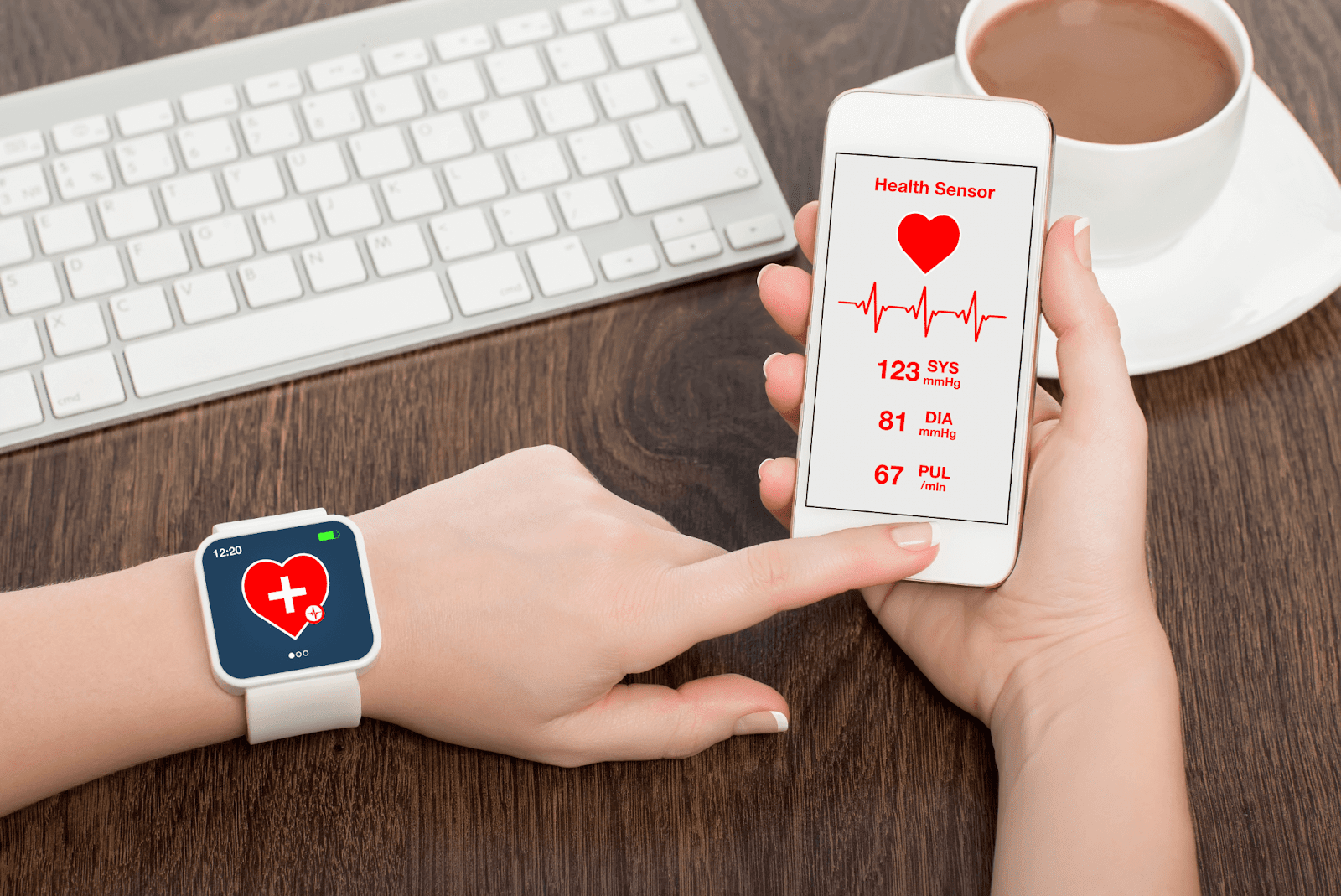
Generally, IoMT development is quite a beneficial choice nowadays due to the numerous advantages it offers. Firstly, it empowers patients to be more active in their healthcare journey, as they can monitor and share vital statistics with their doctors. Meanwhile, healthcare professionals can personalize patient care and provide timely interventions based on real-time data. For instance, a sudden change in a patient’s heart rate can trigger an immediate response, preventing serious health complications.
FHIR and Artificial Intelligence (AI)
Such a blend can change the way healthcare operates, making it more data-focused and patient-centric. FHIR HL7 resources provide a consistent format for patient data, which AI algorithms can easily process in large volumes. Thus, with the help of AI, clinics can turn previously isolated and unusable data into valuable insights that help make better medical decisions, predict patient trajectories, and suggest potential treatment options.
Combining FHIR with AI is a good idea for several reasons. AI can analyze health records in detail to predict possible health issues or recommend preventive actions. For medical professionals, this means more precise diagnoses and treatments that are better suited to individual patients. For patients, it translates to personalized care based on their specific health information.
Mobile Health Applications
Mobile health applications, commonly known as mHealth apps, make healthcare services more accessible, efficient, and personalized. They offer more convenient and streamlined patient-doctor interaction and provide easy access to health data. These apps, ranging from simple fitness trackers to complex remote patient monitoring tools, allow users to keep track of vital statistics, manage medications, schedule appointments, and so much more. With the ubiquitous use of smartphones and wearable devices, mHealth apps have become an integral part of many people’s daily lives and a prime enabler of remote care.
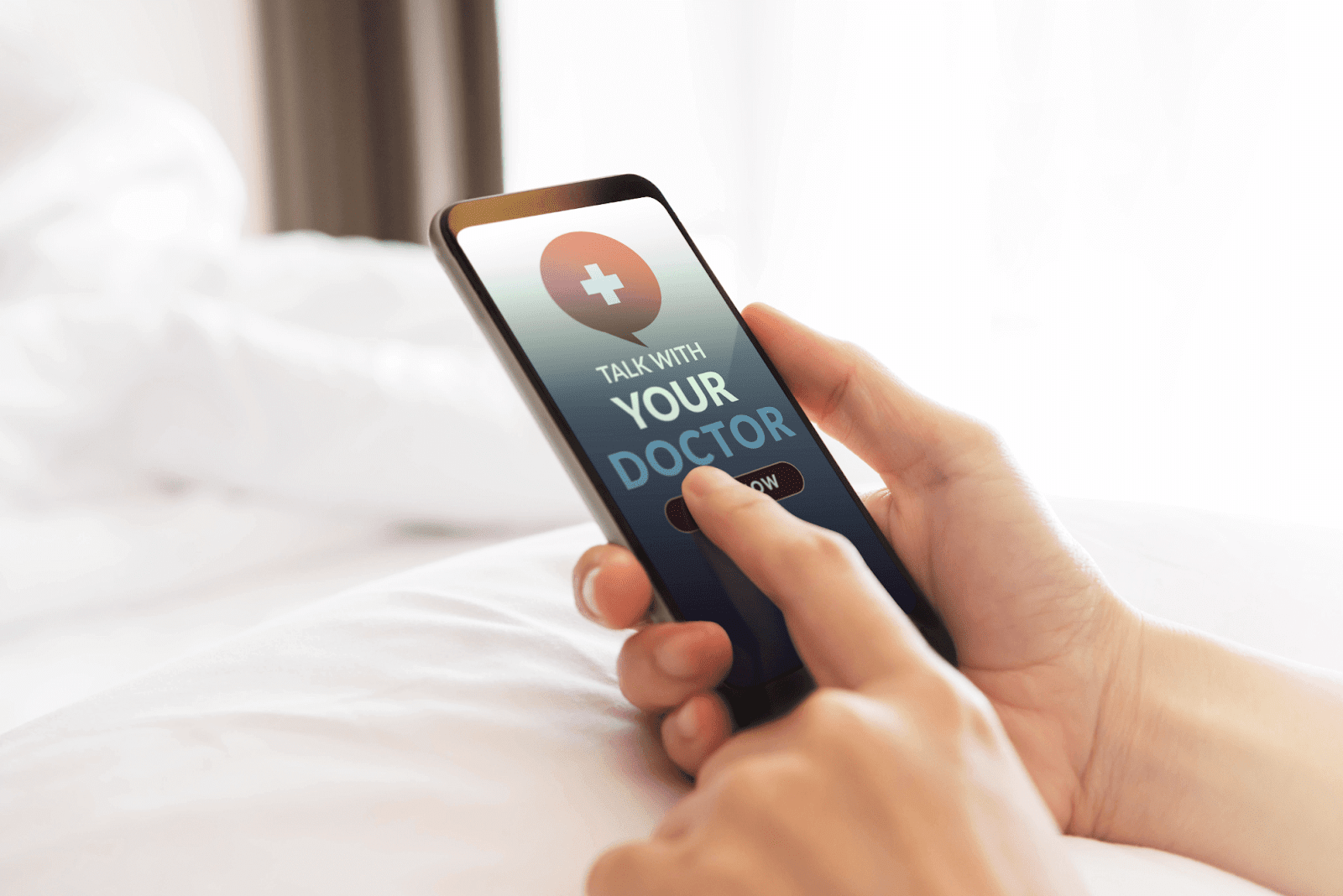
Integrating mHealth apps with FHIR resources is not only beneficial but actually a must for complying with health regulations. In practice, FHIR-based apps mean that patient health data, whether it’s from a routine doctor’s visit or a fitness tracker, can be consolidated and viewed in one place. From the perspective of medical facilities, they will have all the records about patient’s health conditions, which helps make more informed decisions and personalize care plans.
Cloud Computing and FHIR Resources
The vast storage capabilities and powerful processing infrastructure of cloud computing make it a viable solution for modern data management needs. It’s very scalable and can handle the enormous amounts of data generated daily in the medical field. As more and more healthcare institutions digitize processes, the need for efficient, secure, and accessible data storage and processing is out of the question.
Integrating HL7 FHIR resources with cloud computing platforms amplifies the potential of both. FHIR provides a structured health data format, making it even easier to store, retrieve, and analyze information in cloud-based systems. Quick and easy access to patient data from anywhere allows medicians to deliver timely and informed care. Moreover, the combination of FHIR and cloud computing facilitates advanced data analytics, offering meaningful insights from vast datasets.
Wrapping-up
As you can see, FHIR resources are the cornerstone of the framework that emerged to address the main challenges of the healthcare industry – fragmented systems and siloed data. The benefits of standardized and structured data that is easily accessible and exchangeable across all your platforms and apps are undeniable.
While FHIR offers a robust framework for integration, the actual process of integrating diverse systems can be complex. Differences in data storage methodologies, legacy systems, and varying degrees of digital transformation across institutions can create difficulties. If you want to save time and resources while taking full advantage of FHIR interoperability, consider partnering with experts in the field. Relevant Software is a healthcare IT consulting provider that excels at enabling healthcare data interoperability through HL7 FHIR services. Let’s make a data-driven business from your hospital together.



